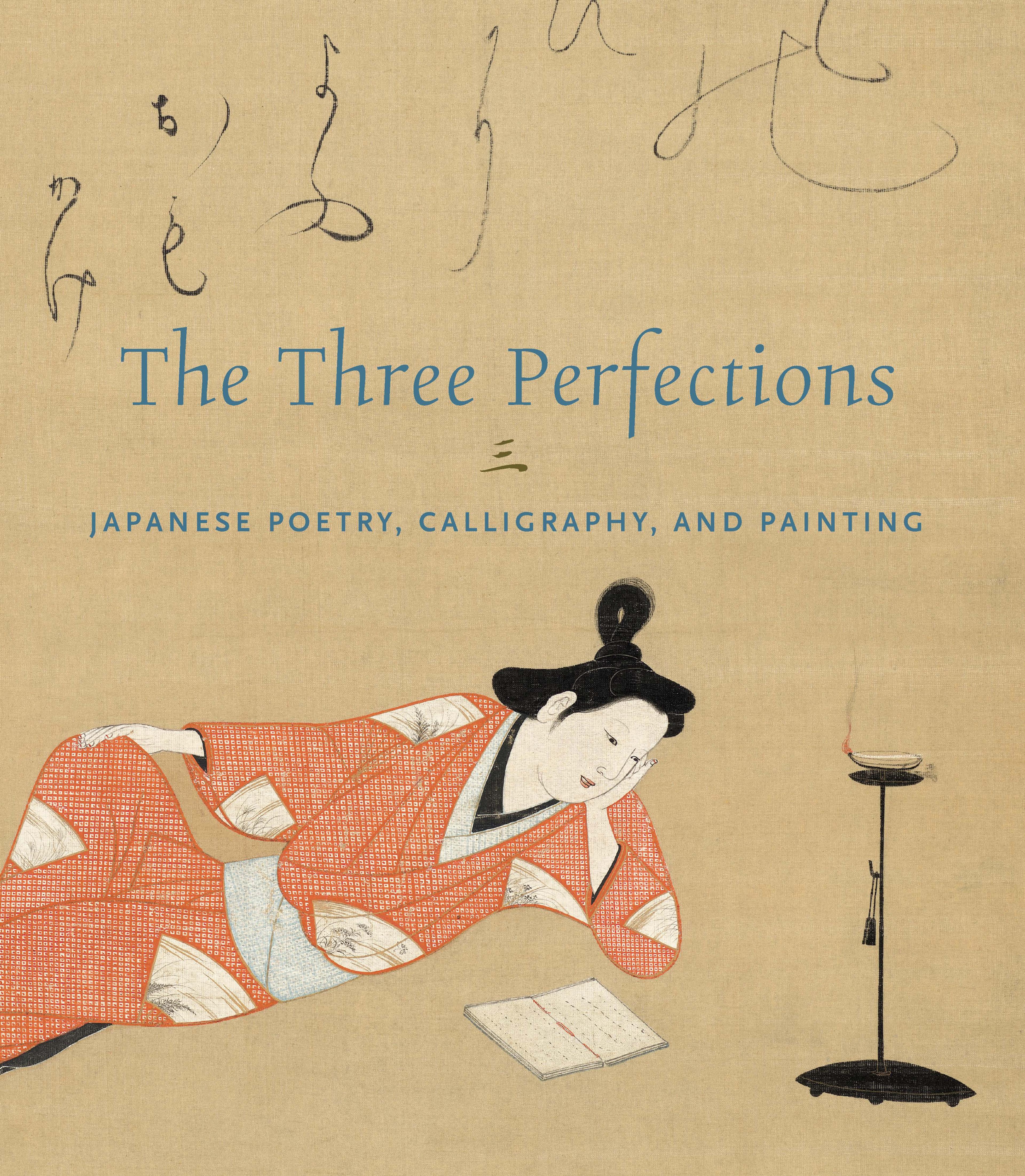Amaranthus and Mynah Bird
Kaigan Jōkō spent his early years as a priest at Shōfukuji 聖福寺, an Ōbaku Zen temple in his native Nagasaki, where he also studied painting under Kumashiro Yūhi 熊代熊斐 (1712–1773), the most prominent Japanese student of the Chinese émigré painter Shen Quan (Shen Nanpin; 1682–1760), who had spent several years in Nagasaki in the early 1730s. Yūhi nurtured numerous students in Nagasaki, giving rise to a network of painters that would come to be known as the Nanpin school or Nagasaki school. Yūhi’s two top disciples, Kaigan Jōkō (better known by his sobriquet Kakutei) and Sō Shiseki 宋紫石 (1715–1786) are credited with transmitting the school’s colorful, naturalistic style of bird-and-flower painting to the cities of Kyoto and Edo, respectively. In this picture, Kakutei depicts a mynah bird flying above a rock and large pink-colored amaranthus, the characters of whose Chinese-origin Japanese name, ganraikō, literally means “crimson of the goose’s arrival,” referring to the plant’s autumnal transformation. Moving away from the Shen Nanpin derived styles promoted by his teacher, here Kakutei uses the so-called boneless method to depict the amaranthus’s leaves without contour lines. Kakutei’s influence on better known painters in eighteenth-century Kyoto such as Itō Jakuchū and Ike Taiga is often noted.
Artwork Details
- 鶴亭 (海眼浄光) 雁来紅に叭々鳥図
- Title:Amaranthus and Mynah Bird
- Artist:Kakutei (Kaigan Jōkō) (Japanese, 1722–1785)
- Period:Edo period (1615–1868)
- Culture:Japan
- Medium:Hanging scroll; color on paper
- Dimensions:Image: 52 5/8 × 13 1/16 in. (133.7 × 33.2 cm)
Overall with mounting: 79 1/2 × 18 in. (202 × 45.7 cm)
Overall with knobs: 79 1/2 × 20 1/4 in. (201.9 × 51.4 cm) - Classification:Paintings
- Credit Line:Mary and Cheney Cowles Collection, Gift of Mary and Cheney Cowles, 2020
- Object Number:2020.396.32
- Curatorial Department: Asian Art
More Artwork
Research Resources
The Met provides unparalleled resources for research and welcomes an international community of students and scholars. The Met's Open Access API is where creators and researchers can connect to the The Met collection. Open Access data and public domain images are available for unrestricted commercial and noncommercial use without permission or fee.
To request images under copyright and other restrictions, please use this Image Request form.
Feedback
We continue to research and examine historical and cultural context for objects in The Met collection. If you have comments or questions about this object record, please contact us using the form below. The Museum looks forward to receiving your comments.
